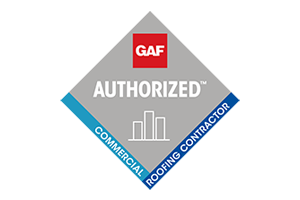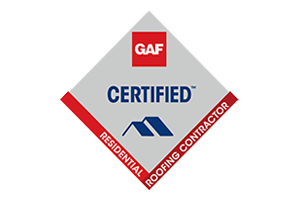Hurricane season is something that everyone in Florida has to think about, sometimes much further inland than most people expect. Even if the driving rains and flying tree branches don't make it to your roof, the high-speed winds and resulting roof damage definitely will. Whether you're about to find yourself waiting out another historically violent storm or simply planning on protecting your home from the inland aftermath, hurricanes are not to be taken lightly. Especially in terms of your roof.
If you believe there is a chance that the next round of hurricanes could take your roof or do significant damage that might result in a full replacement, the best thing you can do now before those tropical winds pick up is to secure your roof today. Here are a few tips on how to get started or what to ask of your local roofing service.
1) Nail Down Loose Shingles
Not all shingles are completely uniform. Even if they were manufactured the same and put on the same roof, each shingle lives a unique life that can cause it to hold steady or blow away like confetti at a children's birthday party. One of the keys to holding onto your shingles is to make sure each of them is nailed down properly and that no weak shingles are left in place before the big storm. Shingles that have come loose or are no longer securely nailed should be re-nailed or replaced completely with a fresh shingle.
2) Roofing Cement on Shingles
If a shingle is still in good quality and doesn't need a new nail but you're still worried about it coming up, a line of roofing cement around the edge should hold it much more tightly. Address much of your roof with the roofing cement to keep a firm grip on any shingle you mark.
3) Construction Adhesive on Rafters and Trusses
Along the same lines, you're going to want to reinforce your rafters and/or trusses to make sure they stay on when the wind and tree branches start to fly fast and onto your roof. A bead of construction adhesive on the rafters and trusses where they join with the roof deck will help everything stay together when the house is under the most stress.
4) Reinforce Your Flashing
Flashing is what keeps the rain out so in a hurricane, naturally, you want to make sure your flashing is completely effective and in good condition. Flashing can be spotted as metal sheathing where a roof feature like a chimney, window, or vent intersects with the weatherproofing of the roof. If there are gaps in your flashing or it looks like it might be decaying, have a professional patch, reinforce, reseal, or replace your flashing to keep you safe and dry during the next hurricane.
5) Hurricane Clips or Tie-Downs
Finally, if you're worried that your roof will not only take damage but perhaps could actually flies away, there are tie-downs, also fondly known as hurricane clips. These sheets of strategically twisted metal connect to the beams of your roof and the tops of the walls, ensuring that your roof can't be picked up by the overhang and simply flipped off your house like flipping open a canister of mini M&Ms.
While most roof preparation steps can be performed DIY at home, getting your roof completely secured for Hurricane season requires more than just nailing down a few loose shingles. We highly recommend calling for a professional inspection and roofing team to take a close look at the current state of your roof and make recommendations for how to reinforce for your next hurricane season. For more roofing tips and advice, contact us today!





